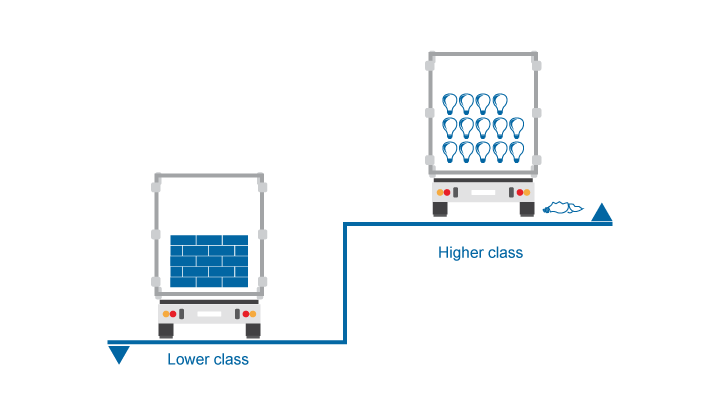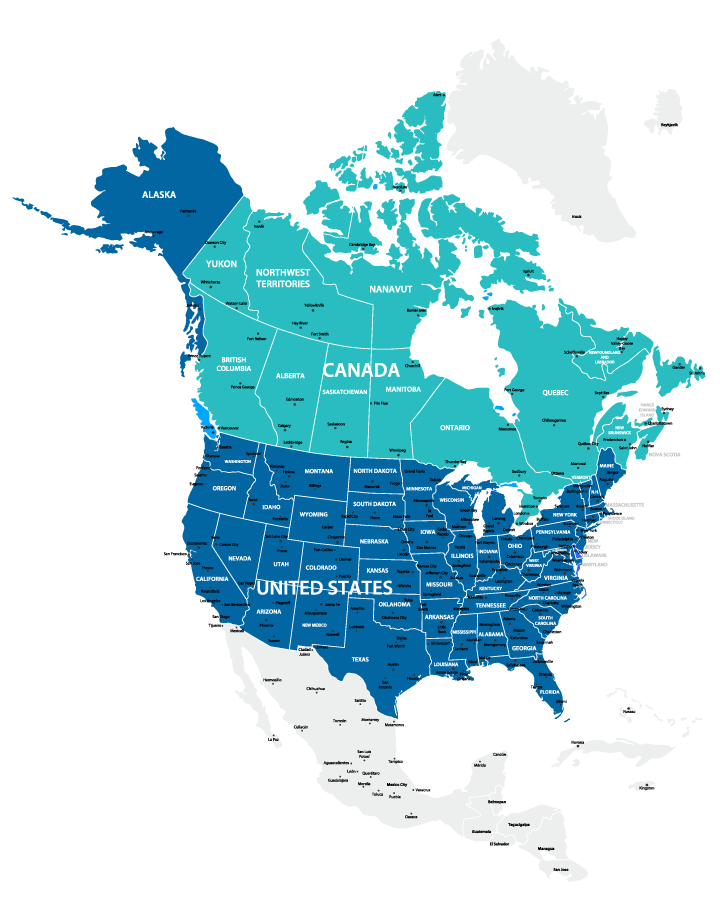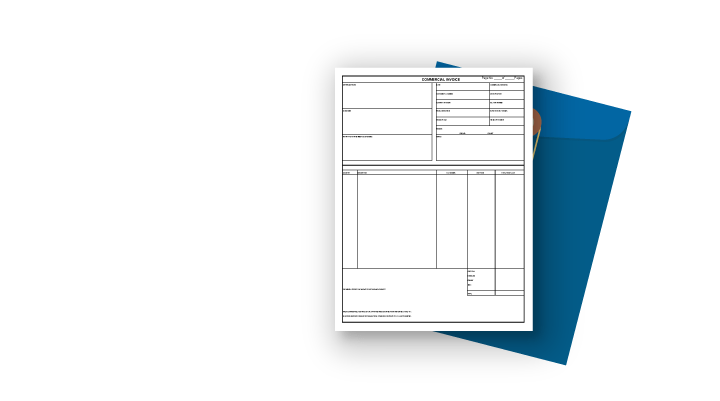Differences Between Shipping in the USA vs. Shipping in Canada

What differences can you expect when shipping in the USA vs shipping in Canada?
When shipping goods, it’s important to understand the nuances of each country’s shipping regulations and taxes for successful shipping operations within both countries or when shipping cross-border. Shipping within the United States and shipping in Canada have distinct differences that impact the shipping process, costs, and overall efficiency.
In this article, we will explore some of the key differences between shipping to the US and shipping within Canada, shedding light on important factors that businesses should consider.
National Motor Freight Classification (NMFC) in the USA

In the United States, the National Motor Freight Traffic Association (NMFTA) has established the National Motor Freight Classification (NMFC) system.
The NMFC assigns a specific classification code to different types of freight based on their characteristics, density, and handling requirements. This classification system plays a crucial role in determining freight rates and ensuring consistency across carriers.
It is important for businesses shipping to the USA to understand the NMFC system and ensure accurate classification of their goods to avoid any issues or discrepancies in pricing.
Since the only reliable way to get an accurate class is through NMFTA’s subscription-based service called ClassIT, we recommend that you reach out to us in order to get an accurate class, free of charge, of course.
Differences in Taxes

Taxes play a significant role in shipping operations, and the tax systems in the United States and Canada differ in various aspects. There are no taxes imposed on freight shipping in the USA for regular-sized shipments.
On the other hand, Canada has a Goods and Services Tax (GST) and a Harmonized Sales Tax (HST), which vary depending on the province or territory. For shipping purposes, you only need to worry about the GST which is applied to all shipments within Canada and varies depending on the province. For more information about that, feel free to check out our guide to taxes.
Understanding these tax systems and ensuring compliance is essential for accurate cost calculations and legal compliance when shipping within each country.
Of course, as with everything else shipping-related, our mission is to make it easier, which is why the HST is automatically calculated for you during checkout when shipping within Canada with Freightera.
Customs Clearance and Documentation

Shipping cross-border requires adherence to customs regulations and proper documentation.
This process requires the necessary paperwork, including commercial invoices, a bill of lading, and sometimes, customs declarations.
Freightera’s shipping experts are here to help you every step of the way, and our easy-to-use system helps make sure that even a brand-new shipper has an easy time getting everything in order ahead of time.
One difference between shipping to the USA from Canada and to Canada from the USA is that in one instance you will use a customs invoice, while in the other you’ll use a commercial invoice. They serve the same purpose and often look the same, but a difference exists nonetheless.
Along with the difference in nomenclature, both countries have different processes and requirements for customs clearance.
Transit Times and Carrier Networks
Transit times can vary between shipping within the USA and shipping in Canada due to factors such as distance, and carrier networks. While both countries have well-developed transportation infrastructure, USA’s railways, for example, are unmatched and you may find lower rail coverage within Canada than in the USA.
Another difference between Canadian and US carriers is the truck height. Some USA-based carriers have slightly taller trucks than their Canadian counterparts, allowing them to move taller freight. This, of course, doesn’t apply to all of them, but it’s important to be aware of this difference in case you’re looking to ship something slightly taller than the standard.
Conclusion
Shipping in the USA and shipping in Canada present unique challenges and considerations. From the National Motor Freight Classification system in the US to the differences in tax systems, customs clearance, and transit times, understanding these distinctions will help you make more efficient and cost-effective decisions.
By staying informed about the specific requirements and regulations of each country, businesses can navigate cross-border logistics successfully and provide exceptional service to their customers.
Please note that this article provides a general overview and the best thing to do is consult our shipping experts if you have any questions.
You can reach us at 1(800) 886 4870, by email at [email protected], or you can chat with us.